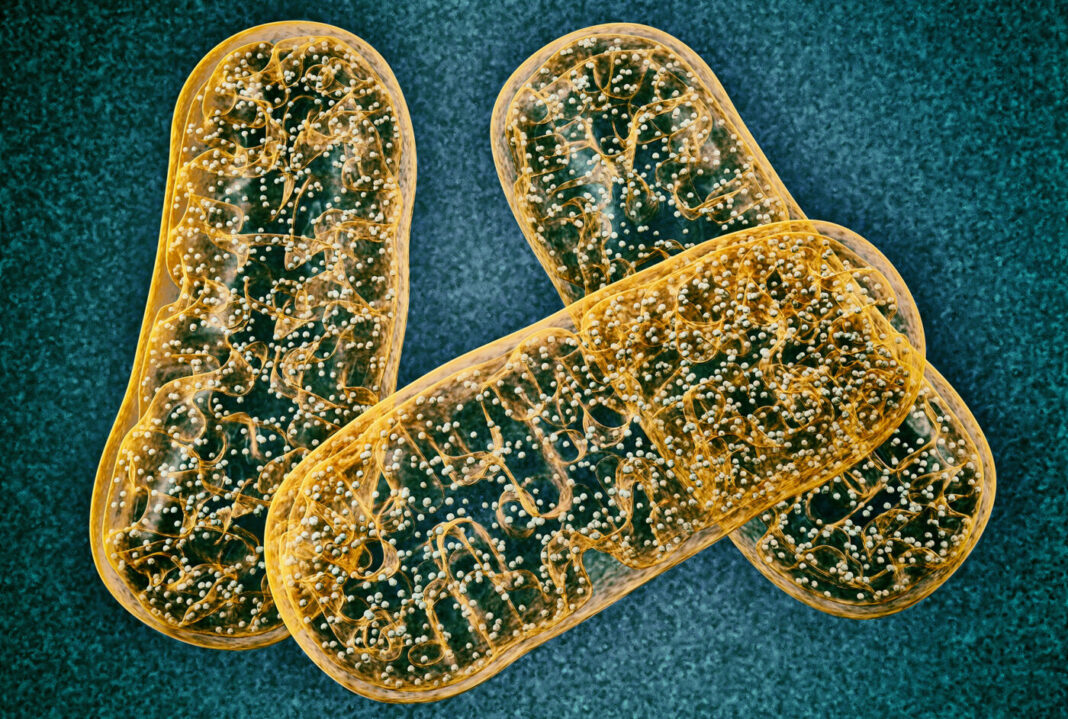Researchers at the University of Texas MD Anderson Cancer Center report they have discovered that the mitochondrial enzyme dihydroorotate dehydrogenase (DHODH) plays a critical and previously unknown role in blocking ferroptosis. Their preclinical findings suggest that targeting DHODH can restore ferroptosis-driven cell death.
Their findings are published in the journal Nature in a paper titled, “DHODH-mediated ferroptosis defense is a targetable vulnerability in cancer.”
“Ferroptosis, a form of regulated cell death that is induced by excessive lipid peroxidation, is a key tumor suppression mechanism,” wrote the researchers.
They wanted to understand ferroptosis and how cells defend against it to develop therapeutic strategies to block those defense mechanisms and trigger cell death. “We have discovered that DHODH plays a key role in defending against ferroptosis and shown that we can exploit this vulnerability with clinically tested therapies,” explained senior author Boyi Gan, PhD, associate professor of experimental radiation oncology.

DHODH is a flavin-dependent mitochondrial enzyme catalyzing the fourth step in the de novo pyrimidine synthesis pathway. It is a target for the treatment of non-neoplastic diseases involving rheumatoid arthritis and multiple sclerosis.
The researchers observed loss of DHODH activity led to the accumulation of lipid peroxides in mitochondria and the activation of ferroptosis in cells with low GPX4 expression. Cells with high GPX4 expression were able to continue blocking ferroptosis activity in the absence of DHODH.
Using preclinical models, researchers evaluated the DHODH inhibitor brequinar to investigate ferroptosis in cancer cells.
In GPX4-low cancers, brequinar effectively induced ferroptosis and suppressed tumor growth, but the effects were not seen in GPX4-high cancers. However, the combination of brequinar and sulfasalazine, an FDA-approved ferroptosis inducer, resulted in a synergistic effect to overcome high GPX4 expression and to block tumor growth.
“We were able to leverage our understanding of a new ferroptosis defense mechanism into a novel therapeutic strategy that appears promising in preclinical studies,” Gan said. “Because ferroptosis is active across cancer types, we believe this could have broad implications, particularly in cancers with low expression of GPX4.”
Their findings identify a DHODH-mediated ferroptosis defense mechanism in mitochondria and suggest a therapeutic strategy of targeting ferroptosis in cancer treatment.


